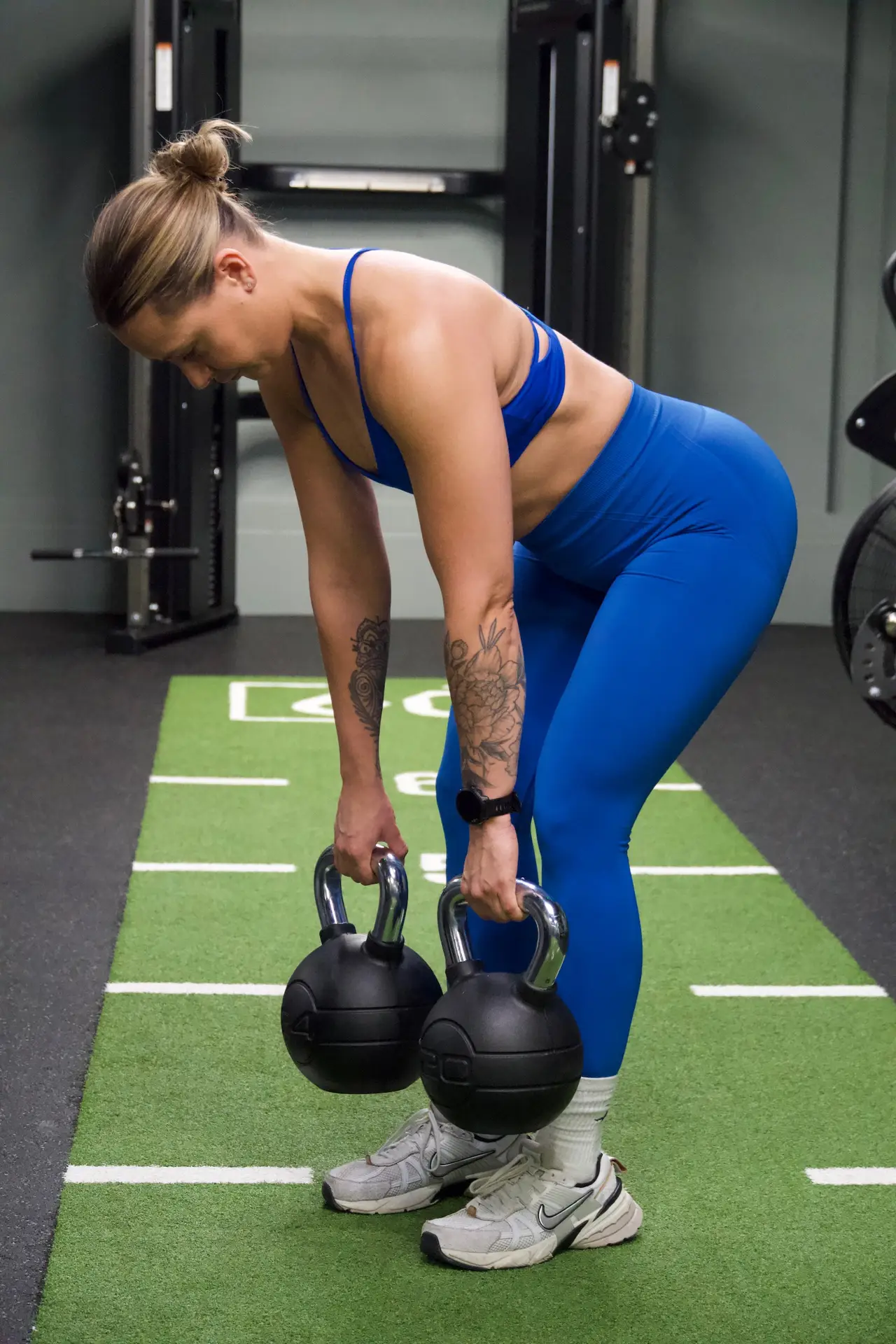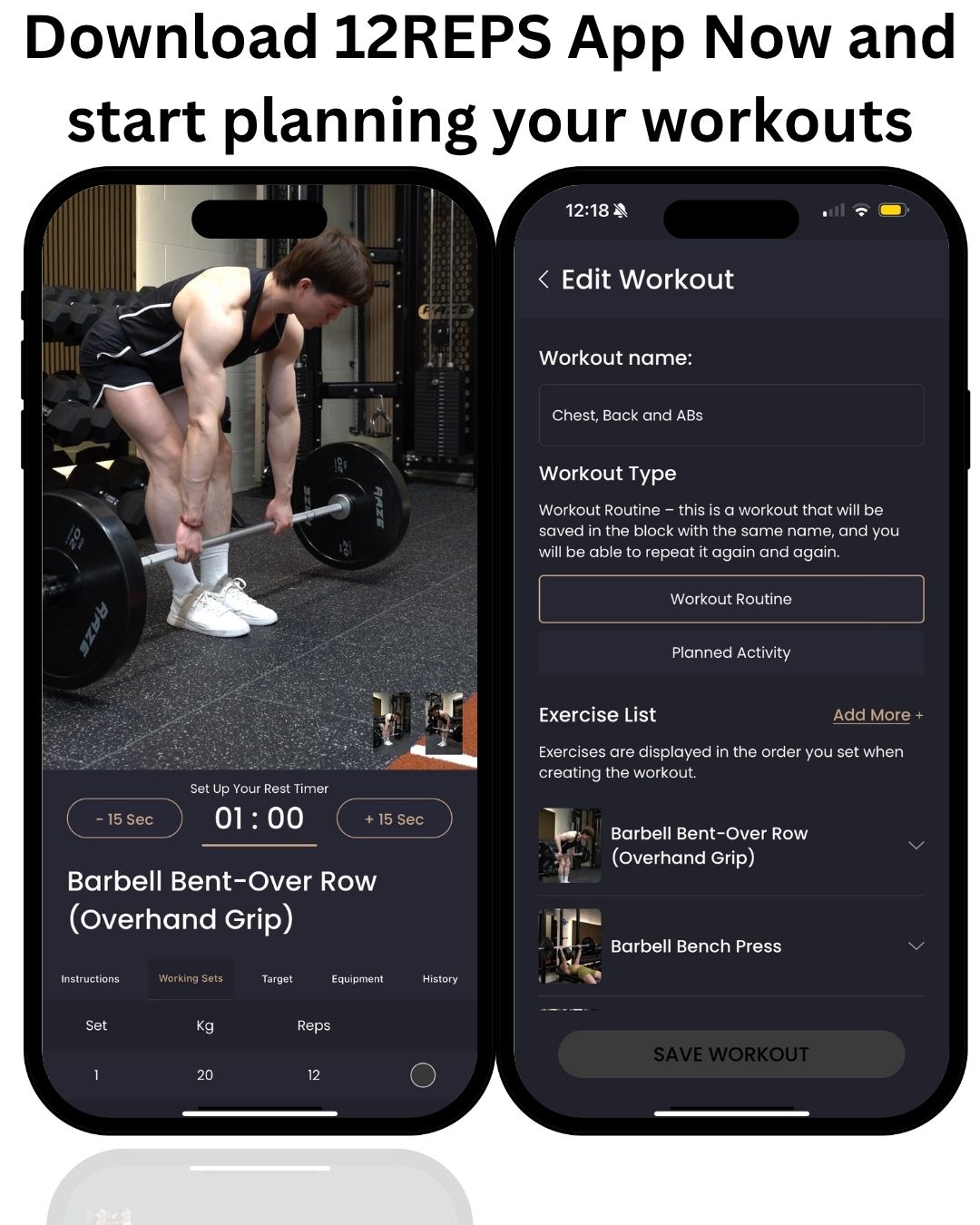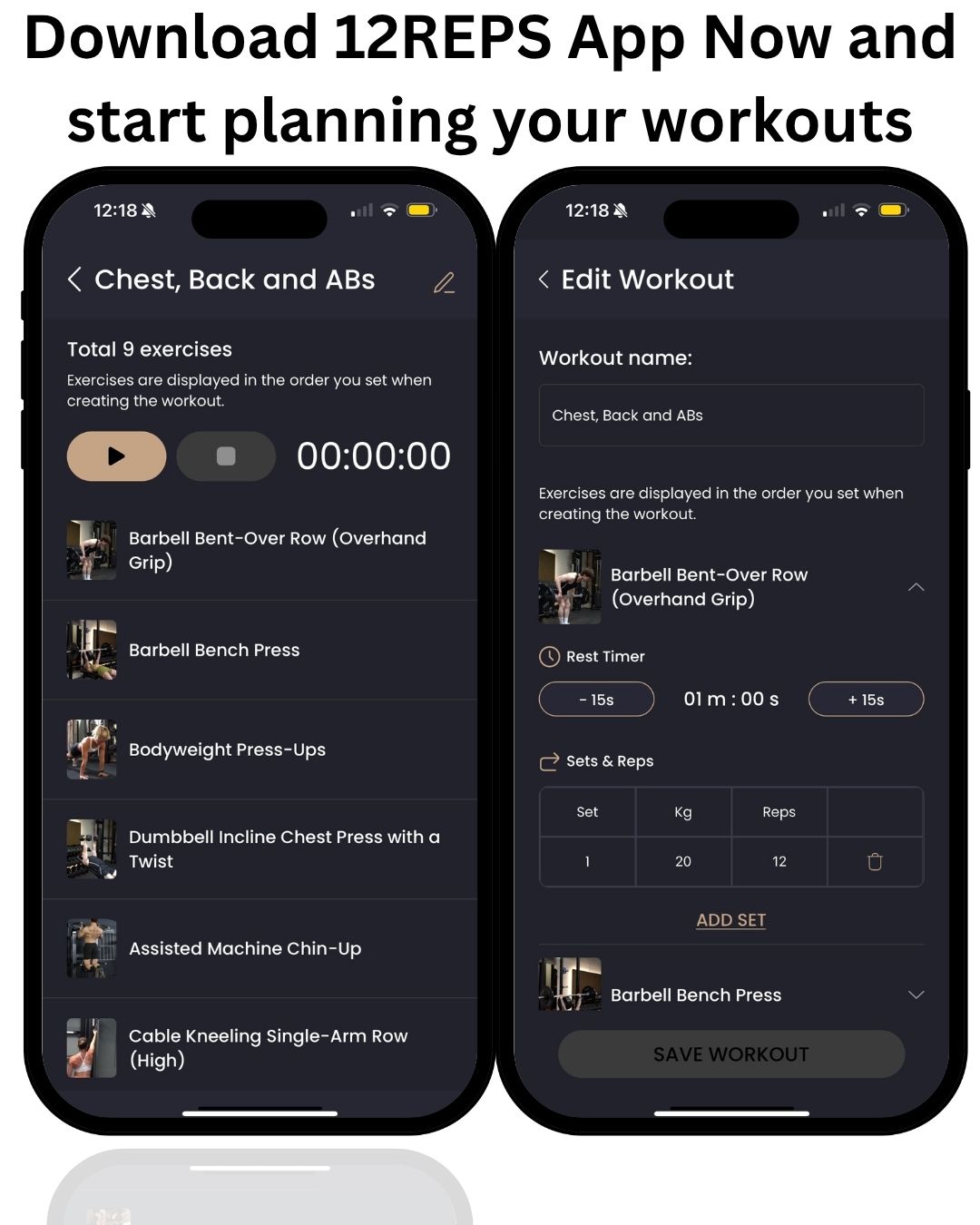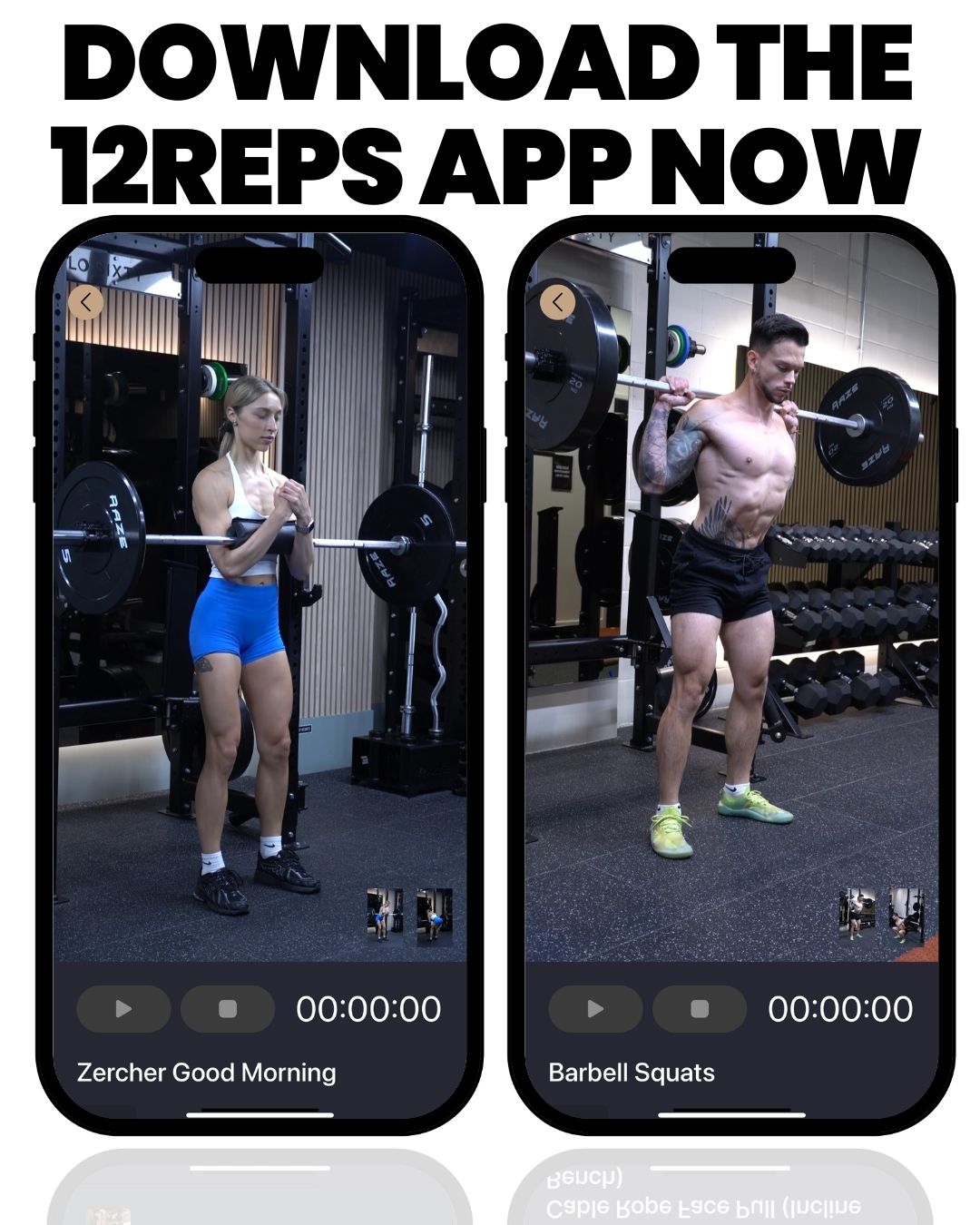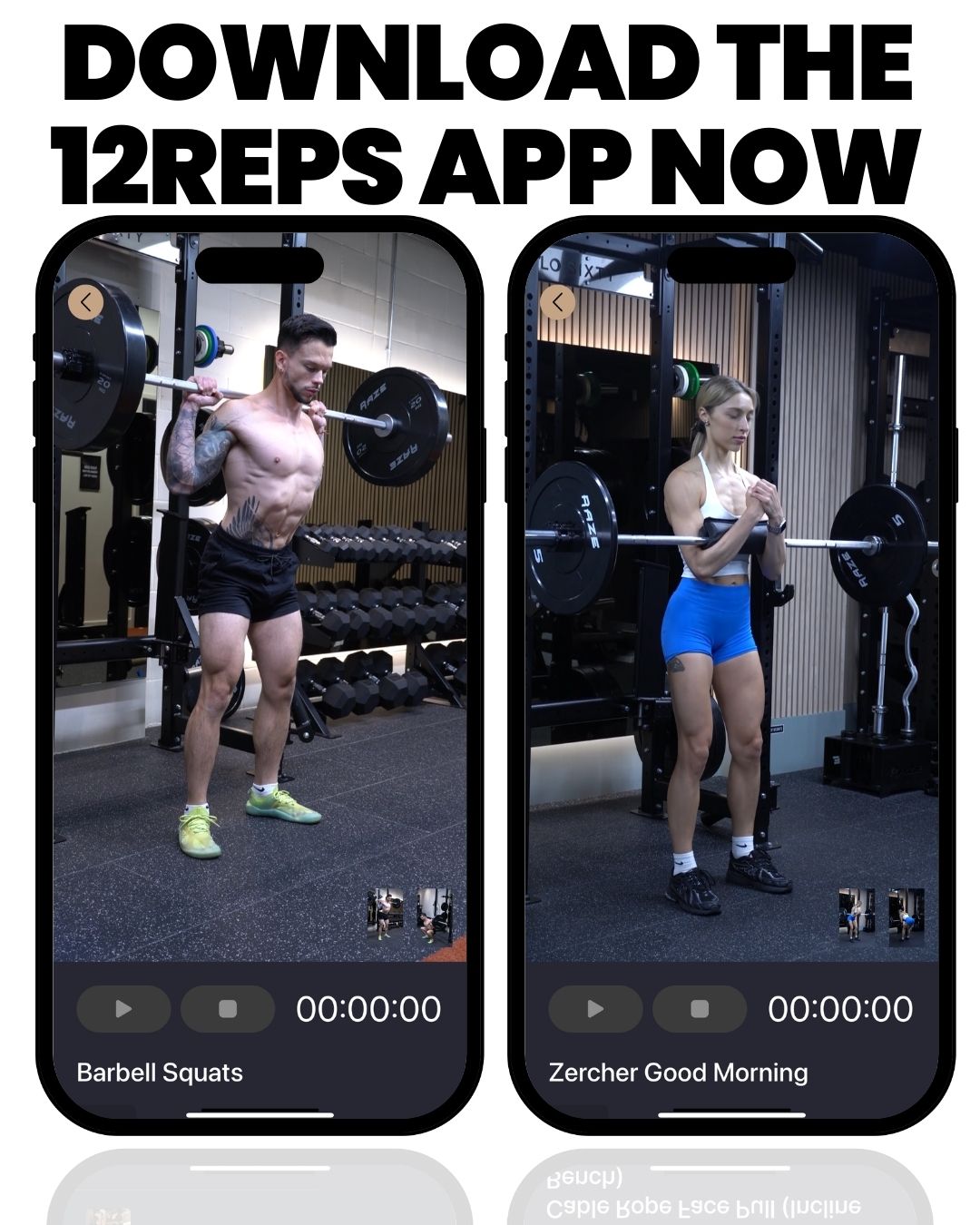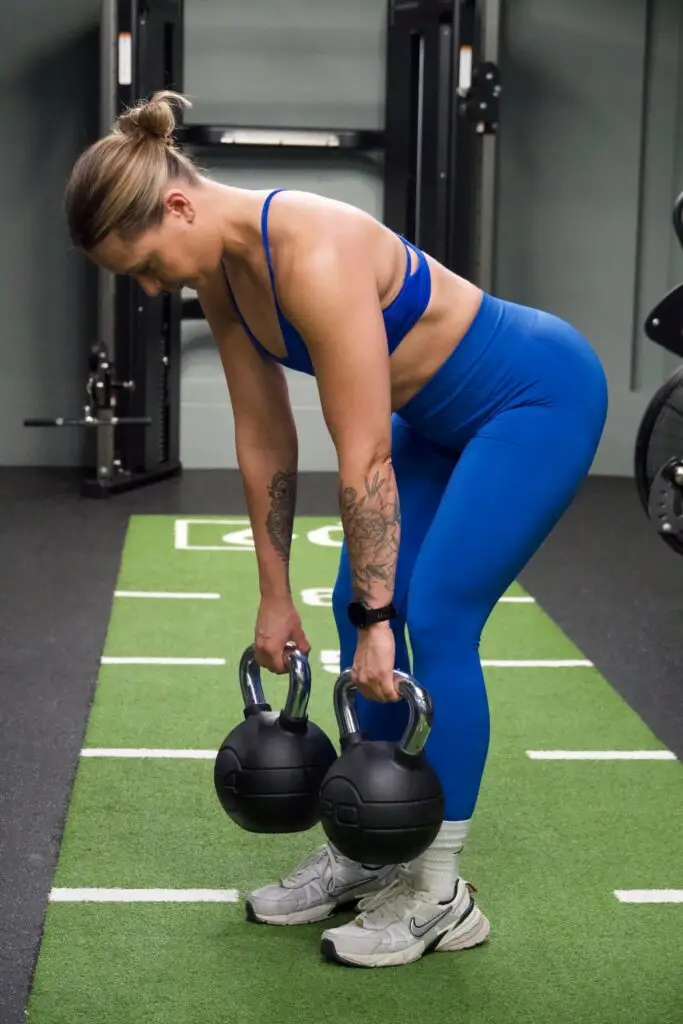By Will Duru, BSc (Hons) Sport and Exercise Science
In my 10+ years as a personal trainer, I’ve seen countless fitness trends come and go. But one tool has remained a constant in my arsenal for delivering incredible results: the kettlebell. My name is Will Duru, and I’m here to show you how this simple piece of equipment can unlock a full-body transformation, building strength, melting fat, and improving your overall fitness like nothing else.
I’ve trained clients from all walks of life, and the story is often the same. They feel they don’t have time for long, complicated workouts. They’re bored with the same old routines. The moment I introduce them to kettlebell training, everything changes. They discover that you can have a brutally effective, engaging, and efficient workout with just one tool. It’s about functional strength, building a body that’s not just strong in the gym, but strong in life.
This guide is for anyone ready to embrace the power of the kettlebell. We’ll cut through the noise, answer your biggest questions with science, and give you a power-packed workout that will forge a stronger, leaner, and more athletic you.
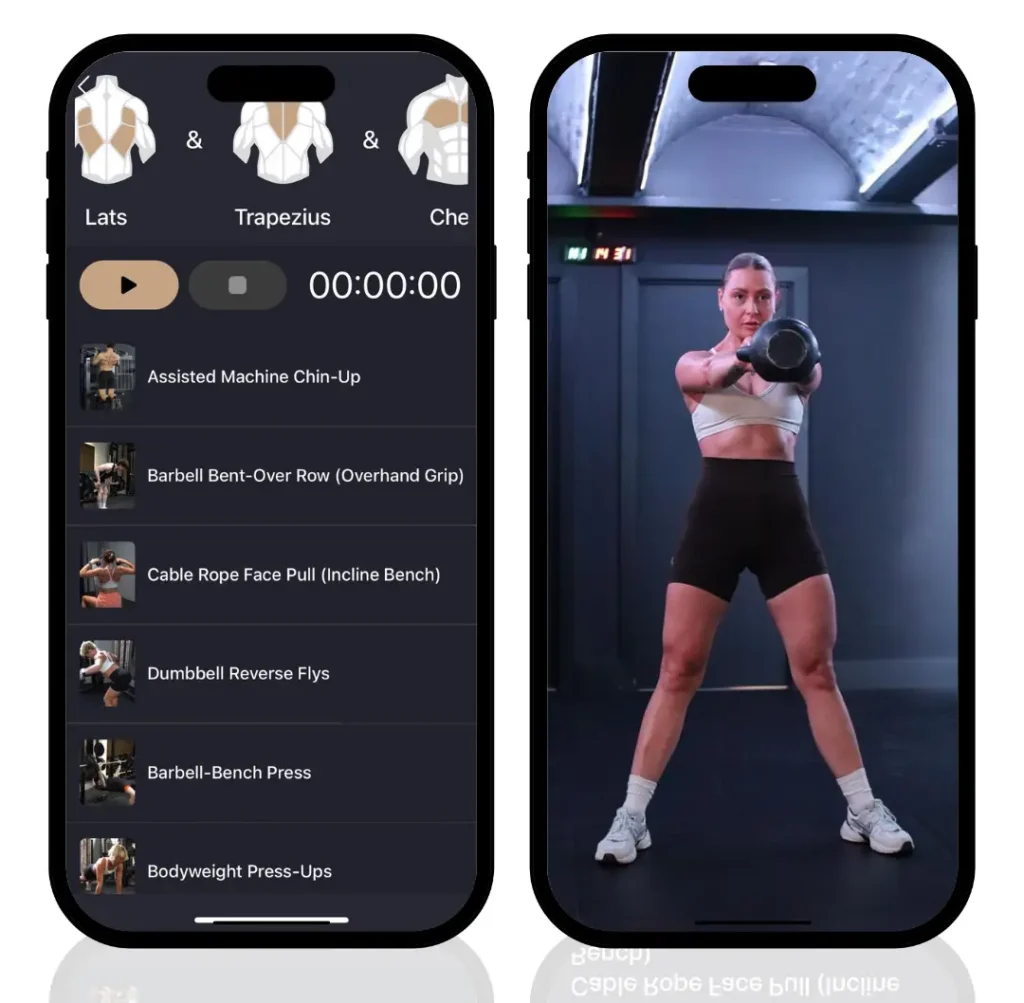
Your Kettlebell Questions Answered
Let’s dive into the 5 most common questions I get about kettlebell training, backed by science and my hands-on experience.
- What makes kettlebell training so effective?
Kettlebells are unique because their center of gravity is offset from the handle. This forces you to use your stabiliser muscles, engaging your entire body, especially your core, in every single movement. A study sponsored by the American Council on Exercise (ACE) found that kettlebell training not only provides significant strength gains but also “markedly increases aerobic capacity, improves dynamic balance and dramatically increases core strength” [1]. It’s a full-body workout, a cardio session, and a core routine all rolled into one.
- Are kettlebells better than dumbbells?
This is like asking if a hammer is better than a screwdriver. They are different tools for different jobs. Dumbbells are fantastic for isolating specific muscles in traditional bodybuilding-style exercises. Kettlebells, however, are designed for ballistic, full-body movements, such as the swing. The unique shape makes them ideal for exercises that build explosive power and cardiovascular endurance. While you can use them interchangeably for some exercises, they each have their own strengths. A well-rounded program can and should include both [2].
- Can you really build muscle with just kettlebells?
Absolutely. The key to building muscle (hypertrophy) is progressive overload—consistently challenging your muscles to do more than they’re used to. You can achieve this with kettlebells by increasing the weight, doing more reps, or reducing your rest time. Research has shown that kettlebell training is highly effective for improving body composition and increasing muscle strength, delivering results comparable to other forms of resistance training [3].
- What weight should a beginner start with?
This is crucial for safety and proper form. Starting too heavy is one of the biggest mistakes I see. As a general guideline, I recommend women start with an 8-12 kg (15-25 lb) kettlebell and men start with a 12-16 kg (25-35 lb) kettlebell. The goal is to master the form of each exercise before you even think about lifting heavier. As Harvard Health advises, learning the proper form from an expert first is essential to avoid injury [4].
- Is the kettlebell swing safe for my back?
The kettlebell swing, when done correctly, is one of the best exercises for strengthening your back, not harming it. The key is understanding that the swing is a hip-hinge movement, not a squat. The power comes from your hips and glutes, not your arms or lower back. Your back should remain flat and neutral throughout the entire movement. If you feel pain in your lower back, it’s a sign that you’re likely using the wrong muscles. Focus on hinging at your hips and powerfully snapping them forward.
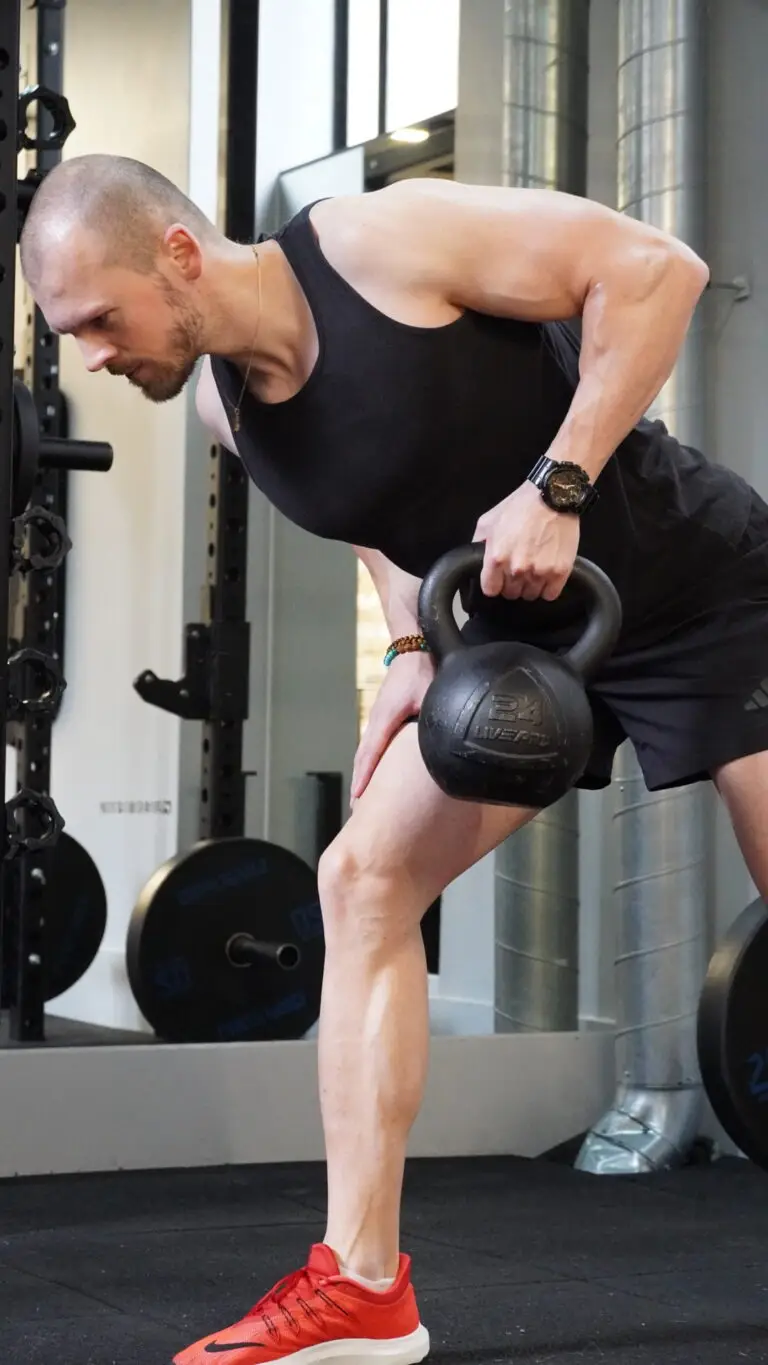
The Full-Body Kettlebell Power Workout
This workout is designed to target every major muscle group, build functional strength, and elevate your heart rate. It’s simple, brutally effective, and requires just one kettlebell. Remember to use the 12Reps app to track your sets, reps, and rest periods. You can build this entire session in the app’s ‘Build Your Routine’ feature.
Exercise | Sets | Reps | Weight | Rest Period |
Kettlebell Romanian Deadlift (RDL) | 4 | 10-12 | Moderate | 90 seconds |
Kettlebell Swings | 4 | 10-12 | Moderate | 90 seconds |
Kettlebell Goblet Squats | 4 | 10-12 | Moderate | 90 seconds |
Kettlebell Reverse Lunges | 4 | 10-12 per leg | Light to Moderate | 90 seconds |
Kettlebell Gorilla Row | 4 | 10-12 per arm | Moderate | 90 seconds |

Exercise Breakdown: Mastering the Movements
Kettlebell Romanian Deadlift (RDL): This is your posterior chain powerhouse. Hold the kettlebell with both hands in front of your body. Keep your knees slightly bent and push your hips back as you lower the kettlebell toward the ground. Feel the stretch in your hamstrings, then drive your hips forward to return to a standing position. This movement builds incredible strength in your hamstrings, glutes, and lower back while teaching you the crucial hip-hinge pattern.
Kettlebell Swings: The king of kettlebell exercises. Start with the kettlebell between your legs, hinge at your hips, and explosively drive your hips forward to swing the kettlebell to chest height. Let gravity bring it back down and immediately hinge again for the next rep. This exercise combines full-body cardio and strength training in one movement. It builds explosive power, strengthens your posterior chain, and torches calories.
Kettlebell Goblet Squats: Hold the kettlebell at chest level with both hands, as if you’re holding a goblet. Squat down by pushing your hips back and bending your knees, keeping your chest up and core tight. The front-loaded position makes this squat variation easier on your back while still providing an incredible workout for your quads, glutes, and core.
Kettlebell Reverse Lunges: Hold the kettlebell at chest level and step backwards into a lunge position. Lower your back knee toward the ground while keeping your front knee over your ankle. Push through your front heel to return to a standing position. This exercise builds unilateral strength, corrects imbalances, and challenges your balance and stability.
Kettlebell Gorilla Row: Place the kettlebell on the ground and assume a wide stance over it. Hinge at your hips and grab the kettlebell with one hand. Row it up to your side while keeping your core tight and your back flat. Lower it back down and repeat on the other side. This exercise builds a strong back and teaches you to maintain a stable position while moving weight.
The Science Behind the Program
This workout is built on proven training principles. The 10-12 rep range is perfect for building both strength and muscle size (hypertrophy). Research shows that this rep range maximises muscle protein synthesis while still allowing you to use challenging weights.
The exercise selection hits every major movement pattern: hip hinge (RDL and swings), squat (goblet squats), lunge (reverse lunges), and pull (gorilla row). This ensures balanced development and functional strength that translates to real-world activities.
The 90-second rest periods are strategically chosen to allow partial recovery while maintaining a good training stimulus. This keeps your heart rate elevated, providing cardiovascular benefits in addition to the strength gains.

Building Your Routine in the 12Reps App
To maximise your results, I recommend using the 12Reps app to track your progress. Here’s how to set up this workout:
- Open the app and navigate to ‘Build Your Routine’
- Add each exercise from the table above
- Set your target sets, reps, and rest periods
- Use the app’s built-in stopwatch to time your rest periods precisely
- Track your weights and progress over time
The app guides you through each exercise with video demonstrations and automatically tracks your progress. It’s like having a personal trainer in your pocket, ensuring you stay on track and continue to improve.
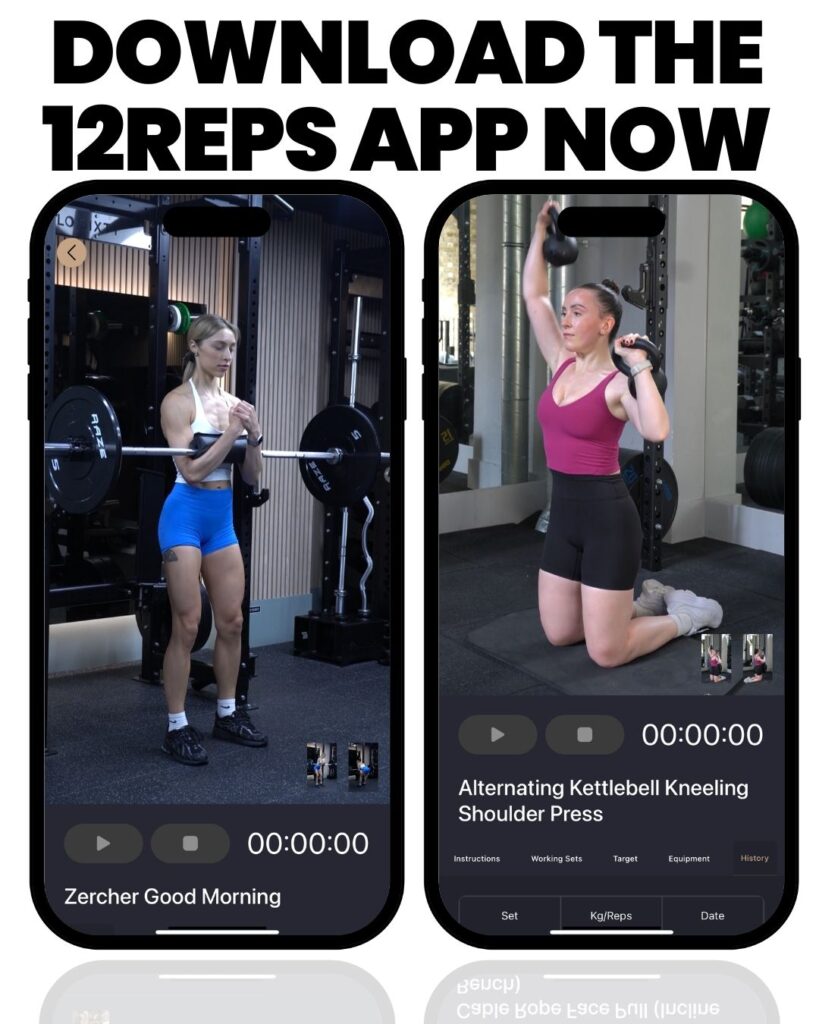
The Kettlebell Advantage
What makes kettlebell training so special is its efficiency. In just 30-40 minutes, you can get a workout that builds strength, improves cardiovascular fitness, enhances mobility, and burns serious calories. It’s functional fitness at its finest, building a body that’s not just strong in the gym, but strong in life.
The ballistic nature of many kettlebell exercises also builds explosive power, something that’s often missing from traditional weight training. This translates to better athletic performance and improved ability to handle the demands of daily life.
Your Transformation Starts Now
This kettlebell workout is your gateway to a stronger, leaner, and more athletic body. It’s challenging, efficient, and effective. The beauty of kettlebell training is its simplicity; you don’t need a gym full of equipment or hours of time. You just need one kettlebell, some space, and the commitment to push yourself.
Start with a weight that challenges you but allows you to maintain perfect form throughout all sets. As you get stronger, you can increase the weight or add more challenging variations. The key is consistency and progressive overload.
Remember, every expert was once a beginner. Don’t be intimidated by the learning curve. Focus on mastering the movements, and the results will follow. Your body is capable of incredible things, it’s time to unlock that potential.
The kettlebell is waiting. Your transformation starts now.
References
[1] American Council on Exercise. ACE Sponsored Research Study: Kettlebells Kick Butt. https://www.acefitness.org/certifiednewsarticle/3172/ace-sponsored-research-study-kettlebells-kick-butt/
[2] Harvard Health Publishing. (2019, February 19). Should you try kettlebells?https://www.health.harvard.edu/blog/should-you-try-kettlebells-2019021916025
[3] BMC Sports Science, Medicine and Rehabilitation. (2024). The effects of kettlebell training versus resistance training. https://bmcsportsscimedrehabil.biomedcentral.com/articles/10.1186/s13102-024-00894-6
[4] PubMed Central. (2024). A Comprehensive Review on Kettlebell Training. https://pmc.ncbi.nlm.nih.gov/articles/PMC10910645/

